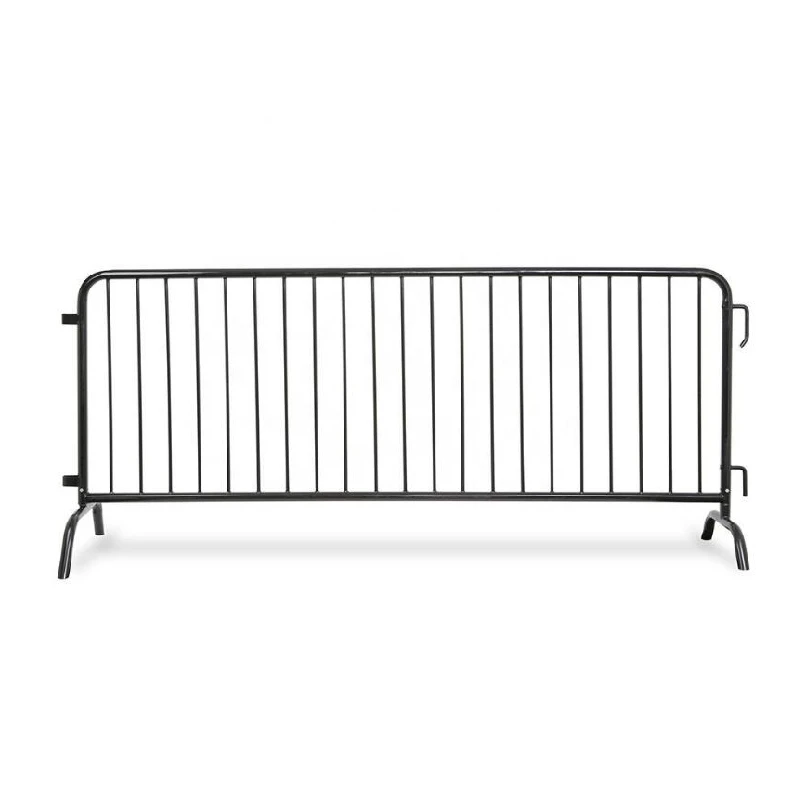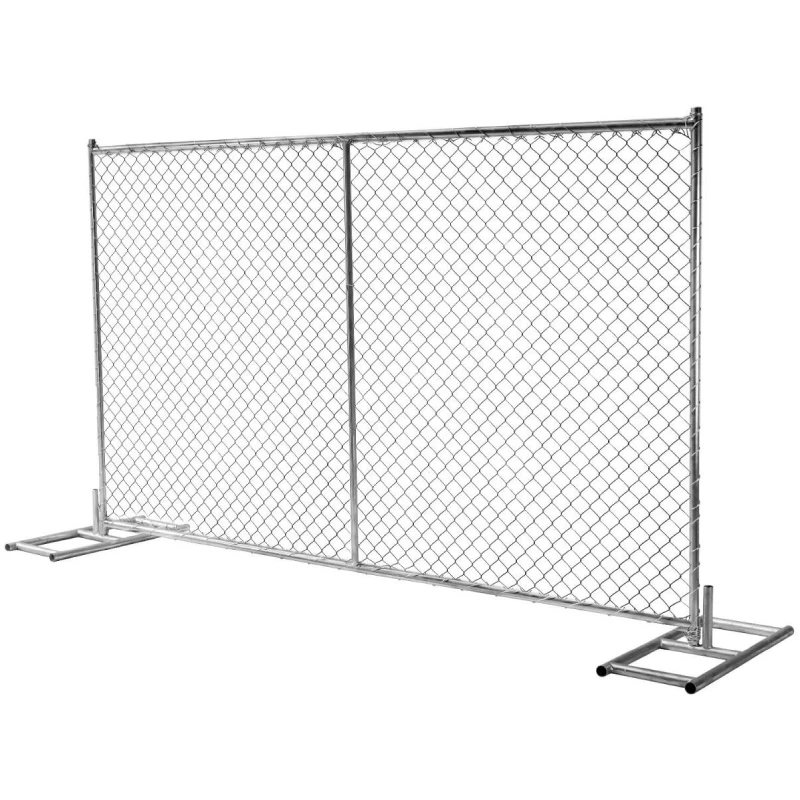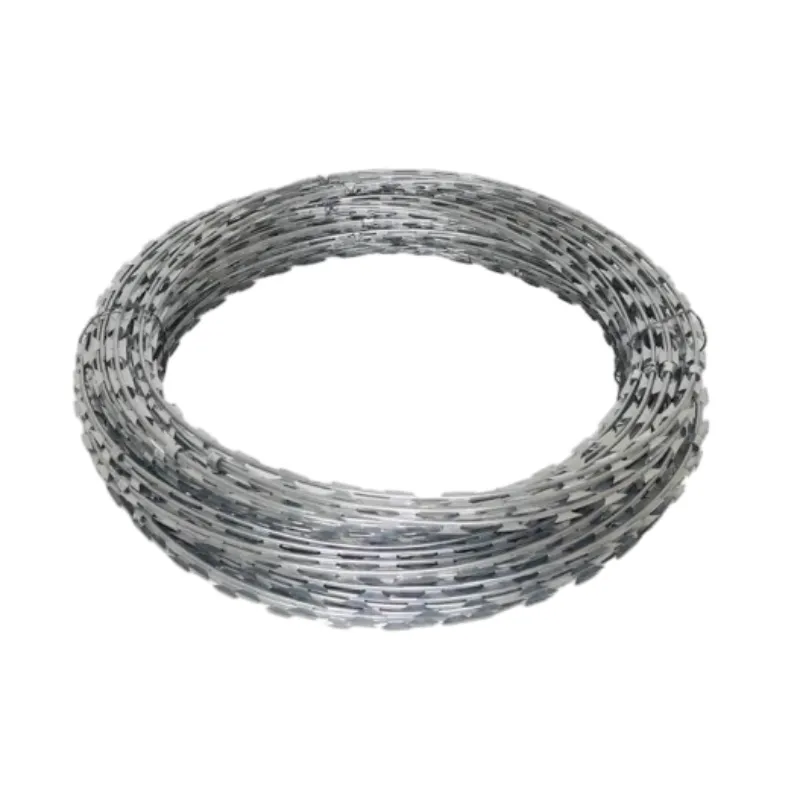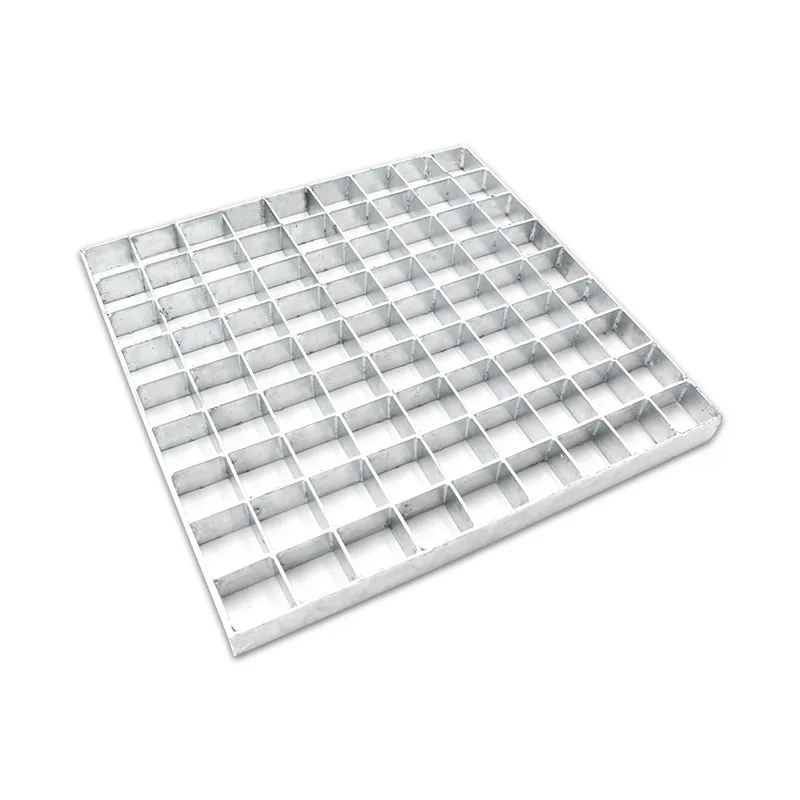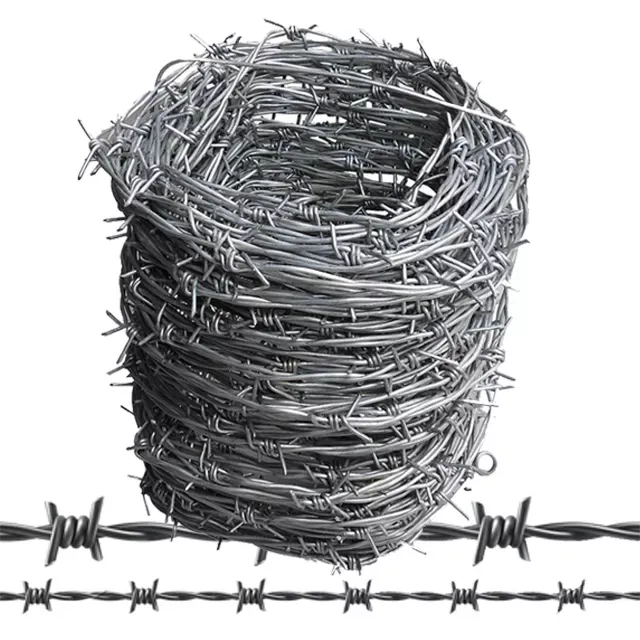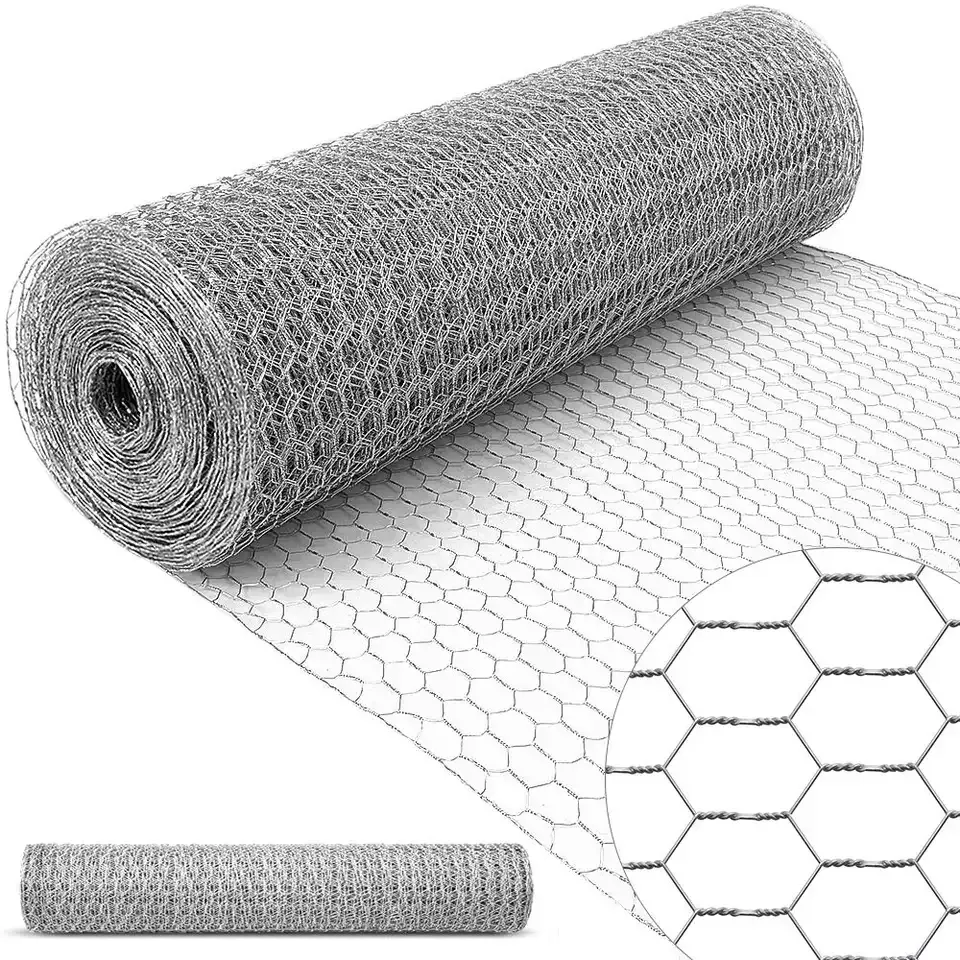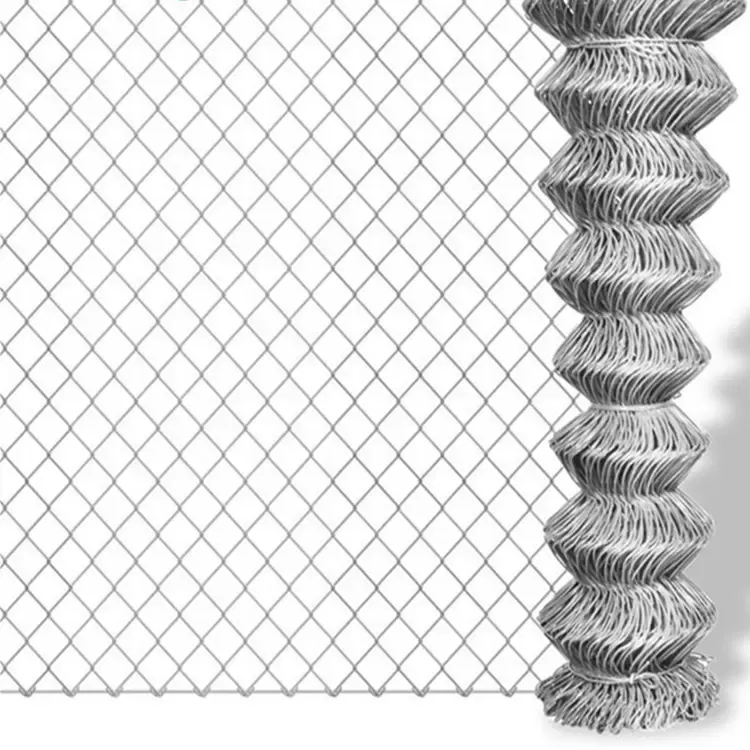
- Afrikaans
- Albanian
- Arabic
- Armenian
- Azerbaijani
- Basque
- Belarusian
- Bengali
- Bosnian
- Bulgarian
- Croatian
- Czech
- Danish
- Dutch
- English
- Esperanto
- Estonian
- Finnish
- French
- Galician
- Georgian
- German
- Greek
- hawaiian
- Hindi
- Hungarian
- Indonesian
- irish
- Italian
- Lao
- Latvian
- Lithuanian
- Luxembourgish
- Macedonian
- Maltese
- Myanmar
- Norwegian
- Polish
- Portuguese
- Romanian
- Russian
- Serbian
- Slovak
- Somali
- Spanish
- Swedish
- Thai
- Turkish
- Turkmen
- Vietnamese
Aug . 18, 2025 17:24 Back to list
Modern Open Gable Trellis System
Vineyard structure plays a pivotal role in crop quality, labor efficiency, and long-term productivity. The open gable trellis system has emerged as one of the most efficient, durable, and climate-adaptive solutions available to growers worldwide. With an open apex and strategic vine training angles, this system promotes better airflow, light penetration, and ease of harvest.
The open gable trellis system consists of vertical end posts and angled crossarms that support parallel cordon wires, typically sloped in a "V" or gable-like configuration. This setup maximizes canopy exposure to sunlight, which in turn enhances fruit quality and uniform ripening. Especially in high-humidity or cool climates, this structure minimizes disease pressure by improving air circulation around the grape clusters.
Its design also supports mechanized operations such as pruning, spraying, and harvesting. By separating shoots and bunches spatially, the open gable trellis system improves operational access while reducing labor strain. It’s no wonder this innovative framework is becoming the preferred choice for both new vineyards and those transitioning from traditional systems.
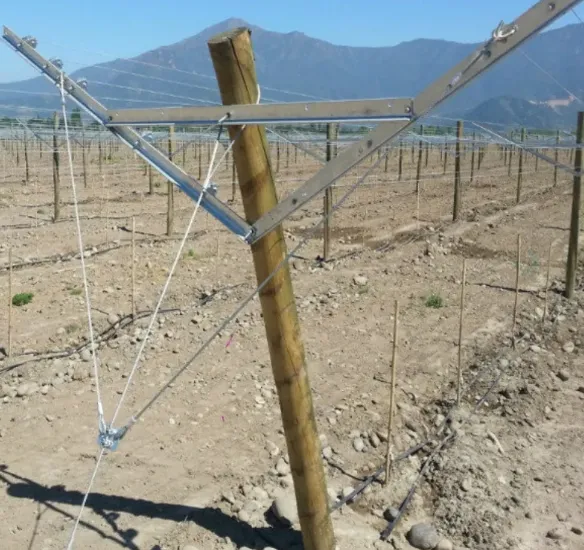
Gable Trellis System Benefits: Balancing Structure, Productivity, and Longevity
A well-designed gable trellis system is more than just a physical support—it’s a long-term viticultural strategy. With its V-shaped profile, the gable trellis system optimizes leaf exposure to sunlight and prevents the overcrowding of fruiting zones. This spatial separation leads to improved color, sugar accumulation, and disease resistance in grapes.
Structurally, the system uses hot-dip galvanized steel posts, durable crossarms, and high-tensile wire to withstand seasonal weather stresses and crop loads. Most gable trellis systems are modular, allowing vineyard managers to customize row width, post height, and crossarm angles to suit grape variety and local conditions.
Importantly, the configuration enhances passive airflow, which helps dry the canopy after rain or dew and lowers the risk of fungal infections like powdery mildew and botrytis. With improved aeration, spray penetration is also more effective, increasing the efficiency of crop protection measures.
From a labor standpoint, the gable trellis system supports mechanization, making tasks like shoot thinning, leaf removal, and harvest faster and more uniform. When adopted with precision viticulture tools, this structure forms the backbone of a scalable, cost-efficient vineyard operation.
Gable Trellis: The Core of Vineyard Architecture and Canopy Management
At its heart, a gable trellis is the physical expression of vineyard planning. Designed with V-shaped crossarms at the top of vertical posts, the gable trellis allows vines to grow upward and outward, improving space utilization both vertically and horizontally. This increases the total canopy area without extending row width, allowing for denser plantings and higher yields per acre.
The gable trellis is particularly suitable for cordon-trained, spur-pruned vines like Cabernet Sauvignon, Merlot, and Syrah. With well-supported shoots angled outward, the fruiting zone remains open and visible, making scouting and cluster management easier throughout the growing season.
This trellis configuration can be adjusted based on row orientation and sun trajectory, helping vineyard managers maximize photosynthetic efficiency. Whether used on gentle slopes or flat terrain, the gable trellis can be tailored to suit nearly any vineyard profile.
Aesthetically, it adds structure and visual appeal to a vineyard, giving rows a symmetrical, clean appearance that reflects professionalism and care. In agritourism operations, the structured form of a gable trellis can enhance the visitor experience and convey a sense of innovation and order.
Open Gable Trellis: Supporting Sustainability and Climate-Resilient Viticulture
As climate patterns shift and sustainability becomes a non-negotiable goal, the open gable trellis is positioned as a smart response to emerging challenges. Its structure supports a lower disease burden, reducing the need for chemical interventions. This is a key factor in organic and regenerative vineyard systems, where preventative canopy design is preferred over reactive spraying.
The open gable trellis also improves light penetration into the interior canopy, ensuring that shaded clusters still receive sufficient sunlight for ripening. This minimizes the yield variability that often plagues traditional systems and helps maintain consistency in sugar, pH, and acidity across the crop.
In addition, the design’s openness encourages water to evaporate quickly from leaves and clusters, making the vineyard more resilient during wet seasons or in humid climates. For arid regions, the system allows targeted irrigation methods to work more effectively by keeping fruiting zones exposed and accessible.
Environmentally, the open gable trellis supports efficient resource use—less water, fewer sprays, and optimized labor. Mechanization potential reduces fuel use and labor dependency, aligning with carbon footprint reduction goals and sustainability certifications.
Choosing the Right Open Gable Trellis System Partner for Your Vineyard
Selecting the right supplier for your open gable trellis system ensures you benefit from top-tier materials, expert engineering, and practical installation support. Reputable vendors offer customizable kits including posts, crossarms, anchor systems, and all necessary hardware. Many also provide layout planning services and installation guides to reduce errors and labor costs.
High-quality steel components with anti-corrosion coatings are essential, especially in regions with acidic soils, high rainfall, or marine climates. Some vendors offer premium features like adjustable crossarms, UV-resistant wire clips, and reinforced anchors for rocky or sloped terrain.
Partnering with a supplier who understands vineyard workflows means you’ll get a gable trellis system that matches not only your crop requirements but also your labor, budget, and long-term goals. They should be able to advise on row spacing, vine training options, and future scalability for mechanization.
Investing in a trusted open gable trellis supplier is a decision that pays dividends through healthier vines, reduced maintenance, and improved harvest quality. Whether you're developing a new vineyard or upgrading an older one, the right system partner is key to unlocking your vineyard's full potential.
open gable trellis FAQs
What are the main advantages of using an open gable trellis system?
An open gable trellis system offers enhanced light exposure, superior air circulation, and better spray penetration, all of which improve grape quality and reduce disease pressure. It also allows for easier mechanization and labor efficiency. The design improves yield consistency and supports climate-resilient vineyard practices.
How much does it cost to install a gable trellis system per acre?
The gable trellis system cost varies based on materials, post height, and local installation conditions. On average, it ranges from $5,000 to $10,000 per acre, including galvanized posts, crossarms, tension wires, and hardware. Labor and site-specific factors like soil preparation or slope may add to the final cost.
What grape varieties are best suited for a gable trellis?
Most cordon-trained and spur-pruned varieties perform well on a gable trellis, including Cabernet Sauvignon, Merlot, Syrah, Chardonnay, and Tempranillo. The system is particularly effective in vineyards seeking to improve cluster exposure, reduce canopy overlap, and enhance uniform ripening across vines.
Can an open gable trellis be used in high-wind or heavy-snowfall areas?
Yes, when properly anchored and built with high-tensile steel components, an open gable trellis can withstand harsh weather. Wind exposure is minimized through strategic canopy shaping, and heavy snowfall loads are distributed across angled crossarms. Consulting with a local engineer or trellis supplier helps adapt the design to local climate extremes.
Is it difficult to switch from a vertical shoot position (VSP) system to a gable trellis system?
While transitioning from VSP to an open gable trellis system requires some investment and re-training of vines, it’s manageable with proper planning. Many vineyards convert gradually, row by row, especially when installing new cordon arms or during replanting cycles. The long-term benefits in yield, disease control, and labor savings often outweigh the initial changeover costs.


